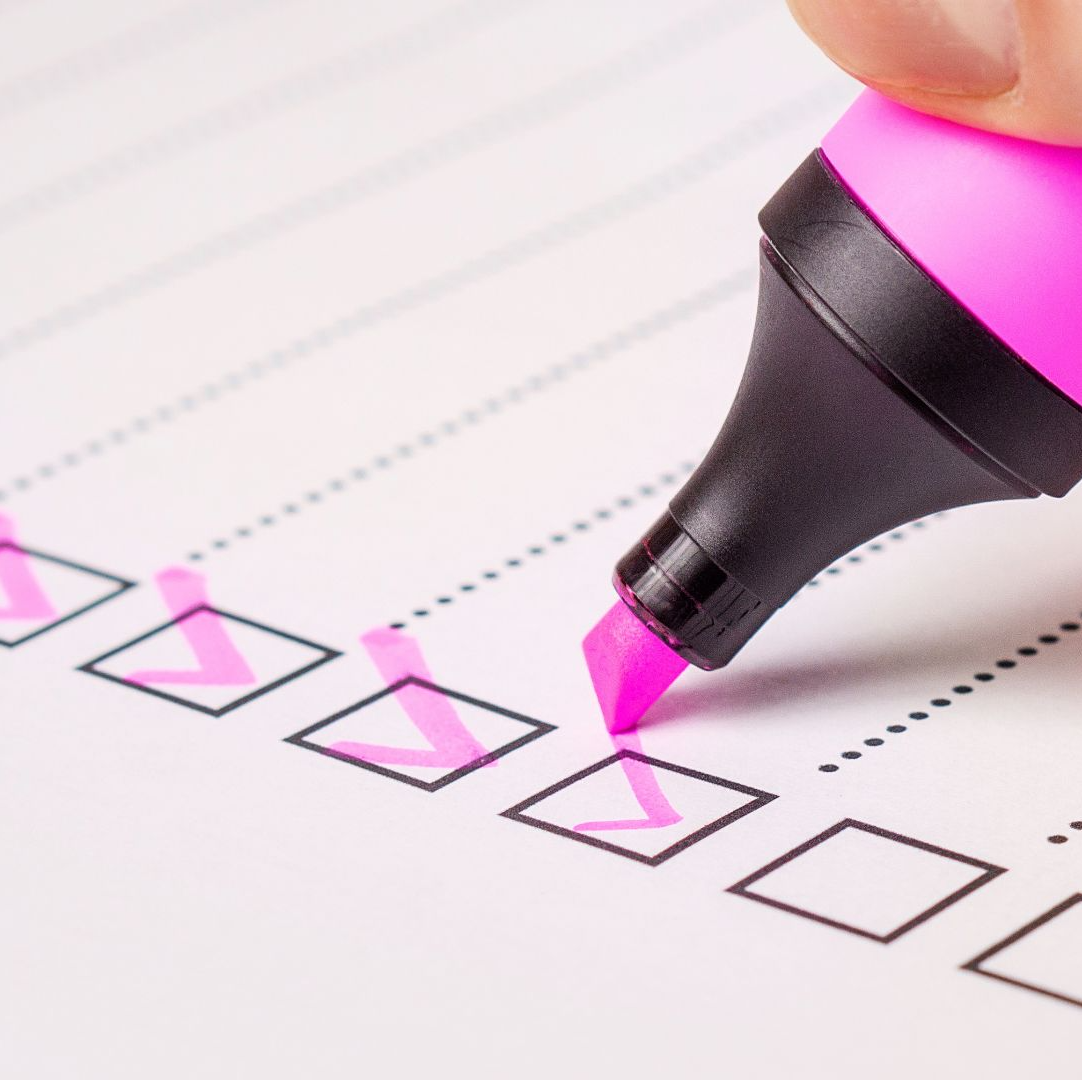Spending Log
 Most of us are not that meticulous when it comes to tracking every cent we spend or keeping a ‘spending log.’ Because we are not necessarily spending chunks of money, we think it does not matter. Most of us would be surprised about how much money we spend and how we spend it. Keeping a spending log on a temporary basis or a permanent basis gives us a snap shot view of our spending habits and helps redirect how we manage our money.
Most of us are not that meticulous when it comes to tracking every cent we spend or keeping a ‘spending log.’ Because we are not necessarily spending chunks of money, we think it does not matter. Most of us would be surprised about how much money we spend and how we spend it. Keeping a spending log on a temporary basis or a permanent basis gives us a snap shot view of our spending habits and helps redirect how we manage our money.
As Federal and Postal employees prepare to transition into retirement
- Also Read: You Could Be Overlooking Key Federal Employee Perks That Won’t Be Around Forever
- Also Read: FEGLI Premiums Are Rising as You Age—Here’s What Federal Employees Should Do About It
- Also Read: Annual Checklist for Reviewing and Updating Your FEHB Health Plan
From the time you started to read this post until the end, give a good guestimate of how much money you spend in a week, then in a month. At the end of your mental exercise, actually write down how you spend your money, total the amount and compare the actual to what you guessed you were spending.
We are often heard saying – I don’t have enough money. That statement might actually be true. If you are working on a salary chances are you can’t change the amount of income you are earning, but you can control how you are spending your earnings. A gentleman I provide coaching services to embarked upon this exercise to determine if he could revamp his finances.
I loved his choice of words – REVAMP his finances. Each day for lunch he drives to the local supermarket and uses the salad bar. He spends about $4.00 a day for lunch, approximately $80.00 a month plus taxes and whatever else he adds to that total during the course of a day. We will say that he spends $100.00 a month on lunch and probably $20.00 a month to drive from his office to the market each day. We are now up to $120.00 for the month and for taxes and other miscellaneous spending, we will add another $20.00, totaling $140.00 spent on lunch for the month.
By most estimates, his spending is low. The average worker spends much more on lunch than our example shows. But even with spending $140 a month on lunch, some changes could be made to REVAMP his spending. He always talks about not having enough money. We came up with a way to make some adjustments. He would include in his grocery list, the items he prefers from the salad bar. He would make his own lunch and eat in the beautiful park next door to his office weather permitting. He could save on gas and not worry about rushing back to the office when the lines are long at the grocery store.
When he began to analyze what he was spending, it turned out that by carefully watching his spending habits and keeping a daily spending log, he found an extra $200 a month he could put away in savings. It didn’t happen by osmosis. It happened by tracking his spending habits and finding the money within his own resources by REVAMPING his finances. Sometimes when there is not enough money it really means that we need to take a look at how we are spending the money we have.
P. S. Always Remember to Share What You Know.
In addition to working on your spending – make sure you Thrift Savings Account is being maximized.











